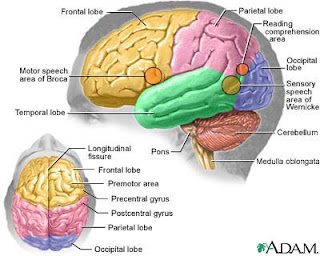High blood pressure, high blood cholesterol and circulatory disease can all be linked with our diets.
If our food intake was high in saturated fats then the cholesterol levels in the blood would rise. This would cause a build up of fatty deposits sticking to the artery walls and forming atheromas.
High blood pressure means that the heart is beating harder than normal to try and push the blood around the body. The walls surrounding the blood vessels will eventually be damaged and so may some organs. It also increases the risk of angina attacks, heart attacks and strokes.
High blood pressure and blood cholesterol levels can be linked together. When the arteries become hardened by the cholesterol deposits the heart becomes more strained as it has to work even harder to pump the blood through the narrow passageways of the arteries in order to reach the organs.
So diet, blood pressure and blood cholesterol are all linked together and cause circulatory disease. There are easy steps to combat this disease,
These are;
- 30 minutes of exercise a day.
- reduce salt intake.
- limit alcohol intake.
- quit smoking
- lose excess body weight (if you are overweight)















